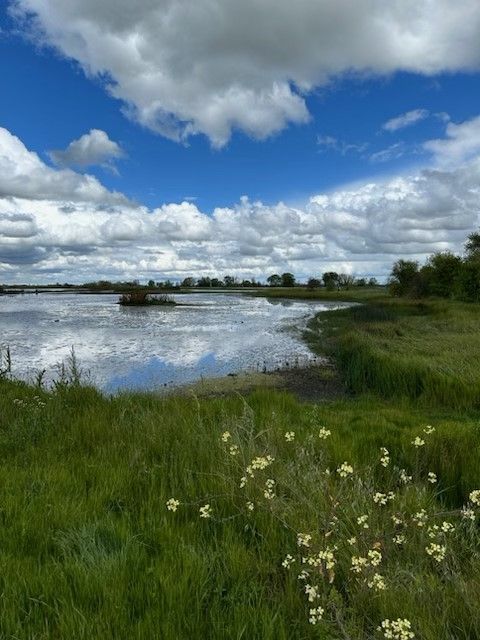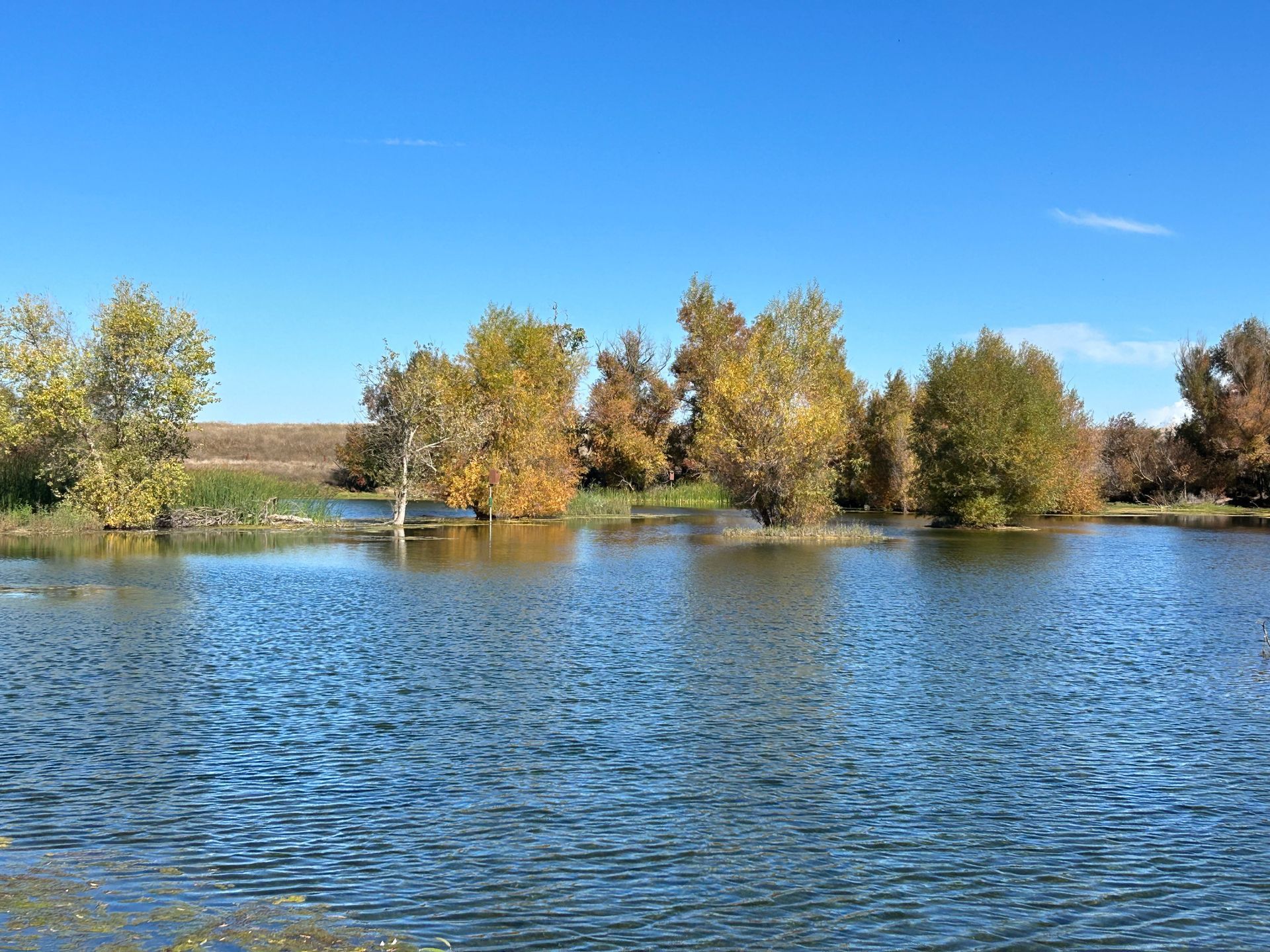Science Corner - Wetlands!

You may already know that wetlands are one of the most productive (and most endangered) ecosystems on the entire globe and are often compared to coral reefs and rainforests because of the habitat they provide for an extensive variety of plants and wildlife. But, did you know that wetlands are also responsible for filtering our drinking water? Just one acre of wetland, roughly the size of a football field, can filter over seven million gallons of water per year (Ducks Unlimited, 2024). To help you visualize, a swimming pool that would hold one million gallons would be nearly 270 feet long, 50 feet wide and 10 feet deep. Now make that pool seven times bigger plus a little extra!
The City of Woodland gets drinking water from both treated surface water and from groundwater wells. Groundwater is stored underground (bet you didn’t see that coming, eh?) in aquifers. Aquifers are natural basins found a few feet to several thousands of feet below the surface. 40% of the land area of California is occupied by aquifers and there are two types, unconfined and confined. Unconfined aquifers are essentially the space between porous material like gravel, sand and silt and can be replenished. Confined aquifers are isolated below layers of rock and cannot be replenished in measurable amounts.
How are unconfined aquifers replenished you ask? Great question! During the rainy season aquifers naturally get replenished when rainwater collects in rivers, ponds, creeks, lakes, marshes, stormwater retention basins and other wetlands. This water then percolates down through the ground until it reaches the aquifer. This is called direct recharge. Agricultural canals and irrigation also contribute to direct recharge. River and especially agricultural water is not safe to drink so wetlands act as nature’s filter to clean it before it reaches the aquifer.

Wetlands such as those found at the Woodland Regional Park Preserve (WRPP) and many other areas of California help clean our drinking water. Wetlands are depressions in the surface that collect water either seasonally or permanently. Because of the duration of ponded water only plants that can tolerate these saturated conditions live there. The decomposition of these plants along with the presence of ponded water create certain soil characteristics that help define a wetland. When rainfall reaches the ground, it can either move over the surface or seep into the soil. Heavy rain falling on impermeable surfaces like streets, sidewalks and buildings cause the water to rapidly flow and runoff to lower elevations. As quickly flowing water enters a wetland, the vegetation and topography slow it down. This allows the heavy sediments picked up by fast moving water to drop out. Slowing the water down also reduces the risk of erosion and structural damage downstream. As the water flow slows, the roots of the wetland's plants are able to absorb excess or toxic nutrients like nitrogen and phosphorus. Wetlands act as a sponge and are able to store the excess water and slowly release it into the environment. Containing the water not only reduces downstream erosion damage caused by rapidly flowing water, it also allows the water to slowly transfer through the soil and eventually reach the aquifer. Collecting and holding on to the water helps the wetland act like a filter that aids in trapping nutrients, pollutants and sediments before they reach and recharge our aquifers.
Wetlands all over the world provide habitat for threatened and endangered plants and animals as well as migrating birds. The wetlands at WRPP are a small part of the Pacific Flyway which provides winter rest and refueling stops for an estimated one billion migrating birds. Plants found only in wetlands not only help feed these billion birds and filter out toxins, they also absorb greenhouse gasses which helps create cleaner air in addition to cleaner water!
-Kristie Ehrhardt (kehrhardt@tuleyome.org)
Tuleyome Land Conservation Program Manager
RECENT ARTICLES






